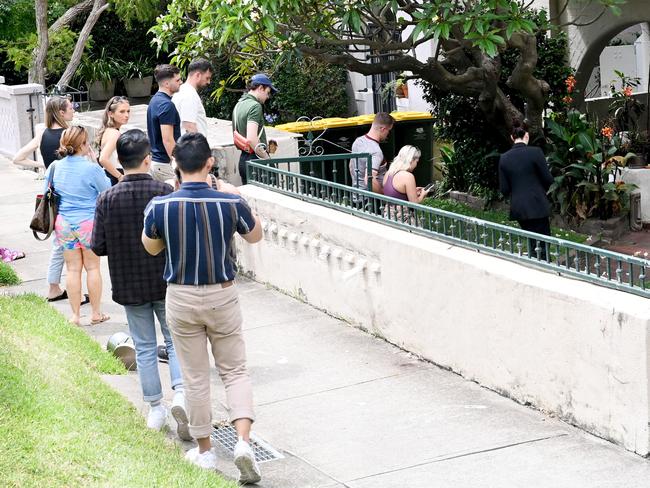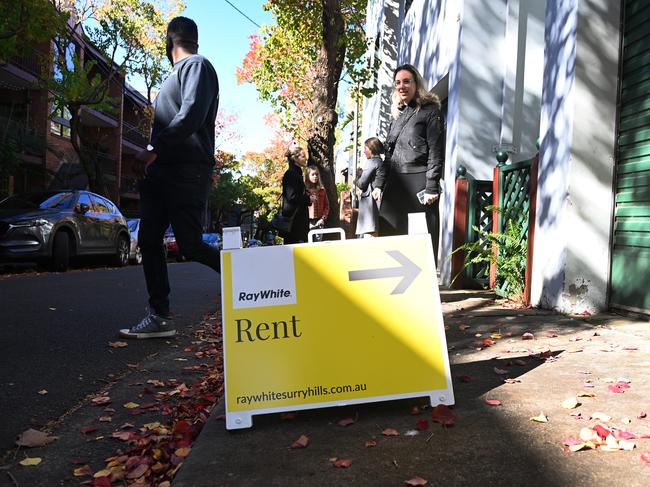New report shines a spotlight on Australian private rental market
Analysis of new data has shone a sobering spotlight on the Australian private rental market and the sad truth facing renters.
Australian tenants are being hit hard by inflation with fresh analysis showing 75 per cent of rental properties have increased in price over the past year.
Before the pandemic, landlords had increased the rental prices of only about a quarter of properties each year but that’s changed as housing availability dwindles and higher interest rates drive up mortgage repayments.
A report by Reserve Bank of Australia senior economics analyst Fred Hanmer and Australian Bureau of Statistics official Michelle Marquardt published on Monday has shone a spotlight on the private rental market.
The authors examined a new dataset the Australian Bureau of Statistics has been using to measure the effect private rental prices have had on inflation since July last year.
Amid shocking stories of Australians being forced into homelessness, the report found private rent inflation in capital cities and regional areas climbed by about 6 per cent over the year to February.
The ABS analysis of data entered by the property managers of 600,000 rental properties in the regions and capital cities since 2018 found rents have increased across the board since 2021.
In February, the median weekly rent amount was highest in the ACT at $560 per week and lowest in South Australia at $380 per week.

Rent increases have also become more frequent and larger than they were previously, particularly for the 2 to 3 per cent of properties that have a change in tenants each month.
About 94 per cent of new tenants paid higher rent in February than was charged for the same properties the year prior.
While rents for many inner city suburbs in Melbourne and Sydney are still below pre-pandemic levels, the market has tightened considerably in these areas, with many new tenants copping large rent increases.
The ABS report authors said their report painted a fuller picture than previous analysis because their dataset wasn’t just comprised of advertised rents taken from rental listings.
Instead of only looking at rentals that were new to the market, the report considered established homes as well as circumstances in which tenants had their rents changed, paid more to ensure their leases or managed to negotiate lower prices.
My Housing Market chief economist Andrew Wilson said nothing in the report came as a big surprise but it confirmed that Australia was dealing with an extremely tight rental market.
“At the end of the day, there are too many people and not enough rental properties,” he said.
“We probably have the tightest rental market in our history with no solutions in the near or even medium term, which is bad, bad news for tenants and good news for landlords.”

The release of the ABS report comes as Labor and the Greens lock horns over the government’s centrepiece housing policy.
Labor will need to win over the left-wing party, which holds the balance of power in the Senate, to get its Housing Australia Future Fund legislation through parliament.
The Greens have objected to the Bill because it limits spending on social and affordable housing to $500m a year from the earnings of the $10bn investment vehicle Labor wants to create.
Housing Minister Julie Collins said the fund would help deliver the government’s commitment of 30,000 new social and affordable rental homes in its first five years.
“The answer to rental stress is all levels of government working together to have a sustained boost to the supply of homes to rent, and a substantial investment in new social and affordable houses,” she said.
The government also plans to sign a Housing Accord with the states and territories, private investors and the construction industry with an ambition to build one million new, well-located homes over five years from 2024.



